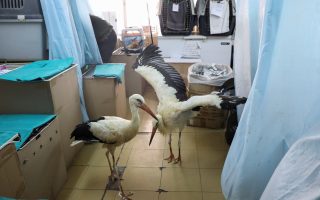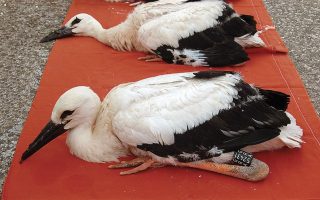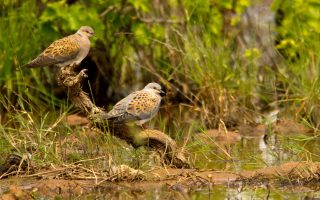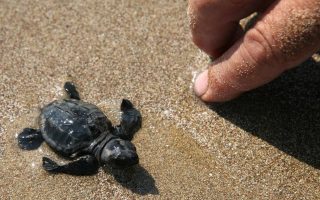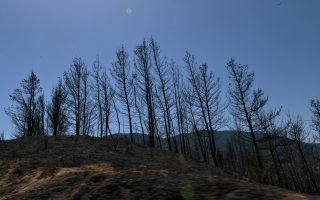Monitoring the dolphins of the Thermaikos Gulf
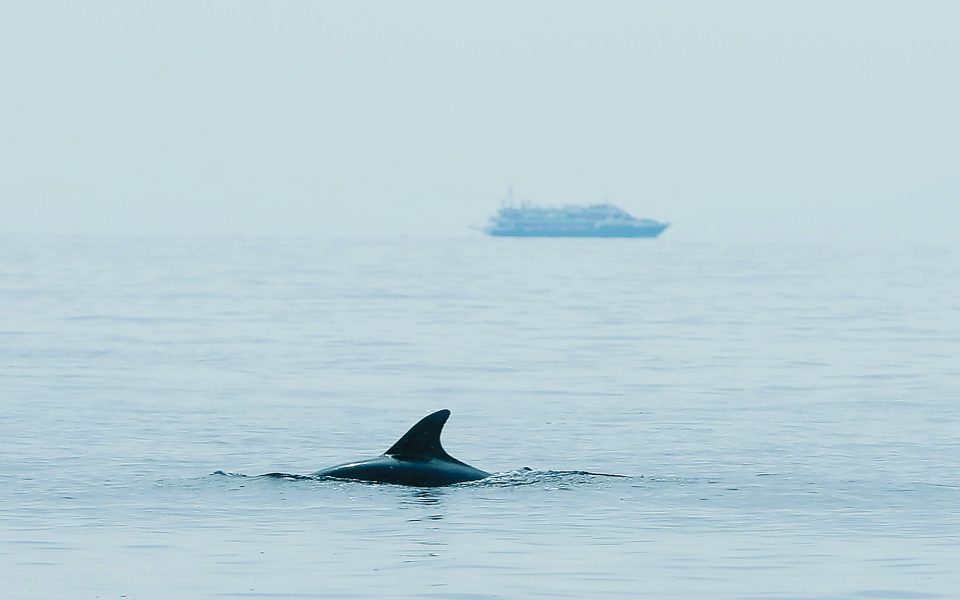
A new project launched by iSea, an environmental organization based in the northern port city of Thessaloniki, aims to study the dolphins of the Thermaikos Gulf by registering each individual mammal.
The Thermaikos Dolphin Project, which started at the end of spring with the support of Sani Resort, involves the systematic monitoring of the cetaceans of the Thermaikos Gulf using photo identification, iSea’s education program manager Anastasia Haritou told the Athens-Macedonian News Agency (ANA-MPA).
“The project also includes educational workshops for children, informing them about the cetaceans and the biodiversity of our country at large,” she said.
Dolphin photo-identification traditionally relies on distinctive markings on the dorsal fin which, according to Haritou, “are the equivalent of the human fingerprint.” The technique helps scientists to register and study the population and distribution of the species in the Thermaikos Gulf.
So far two different species of dolphins have been identified in the area, bottlenose dolphins (Tursiops truncatus) and common short-beaked dolphins (Delphinus delphis). Bottlenose dolphins are the dominant dolphin species in Greece and are often found near the coast.
“The population of the once so common dolphins has declined extremely in recent decades, rendering them an endangered species,” Haritou said.
The reasons are overfishing-induced prey depletion and its entanglement in fishing nets.
According to iSea, however, despite the overall decline of the species’ population, the north Aegean Sea is an area where they are still present in fairly high numbers, even today.
“The main objective of the project is both to systematically study the distribution and behavior of dolphins that are permanently or occasionally found in the area, and to record their behavior in their natural habitat – an area with significant biodiversity and important activities for the country’s economy,” Haritou said.
“We are also interested in promoting the rich biodiversity of the area among locals and tourists, with the aim of ‘exploring’ it further in ways that promote scientific research, but also giving the public the opportunity to interact and learn about wildlife while being in nature, without interfering with it.”
Founded in 2016 in Thessaloniki, iSea depends highly on donations from its supporters and an annual membership fee.
